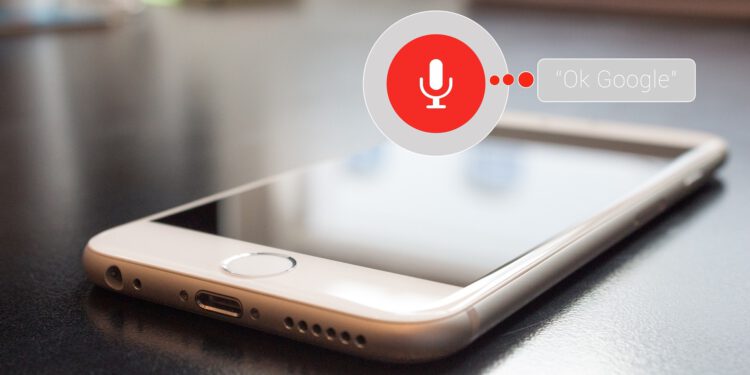In one demonstration, Google AI has been able to maintain a fluid conversation with a human interlocutor, without evidencing its artificial nature.
“Hi, can I help you with something?a hairdresser’s clerk answers the phone. The caller also has a feminine tonealthough it seems as if the sound has a certain echo when it speaks. It may be in a place with little coverage or in a room with special resonance.
“Hi, I’m calling to book a woman’s haircut for a client.”says the voice that called. And, after a brief pause, he adds: “I’m looking for something for May 3.” The conversation continues normally. The hairdresser’s employee consults the agenda, asks her for the time, her interlocutor answers and both voices set the time after a series of questions and answers.
This conversation was made public at the last Google I / O, the Google developer conference. And the reason it reproduced is its peculiarity. The hairdresser wasn’t talking to a person, she was talking to a robot. The interlocutor with echo, although with a female voice, was the company’s new artificial intelligence, called Google Duplex. Among the novelties included in the new software is the ability to make calls.
They’re simple calls, like this one.: make an appointment at the hairdresser. It is a procedure that could be done through the Internet, if the establishment had a web page with virtual agenda. In that case, the assistant could navigate through the system and schedule the appointment. But few small shops have facilities like this.
For many things you still have to call. They’re not complex calls, but it involves dropping everything you’re doing and getting on the phone. What Sundar Pichai, CEO of Google, proposed is that Google AI take care of these tasks. The digital assistant would make these calls in the background, while the user can continue with their tasks or give another use to their mobile.
But Google’s AI call to hairdressing can be seen from another point of view. If when she hung up the phone, the hairdresser didn’t think about that call anymore, she didn’t think there was anything weird., the personal assistant may have passed the Turing test.
Know when a machine is not a person
The famous Turing test, which the British mathematician proposed in 1950, has a clear objective. It is about differentiate a human from a machine. The test is that two interlocutors, a human and a machine talk to each other, with a person listening. She can ask any question to either of you, and you both have to convince her that you are human.
If the interlocutor who is in the middle of the conversation fails to distinguish the human from the machine, test passed. According to the test, the computer is really smart.
However, the Turing test has often been regarded as a conversational test. If in any conversation a human interlocutor does not realize that he is talking to a robotthis one would have passed the test.
Images: kaufdex









